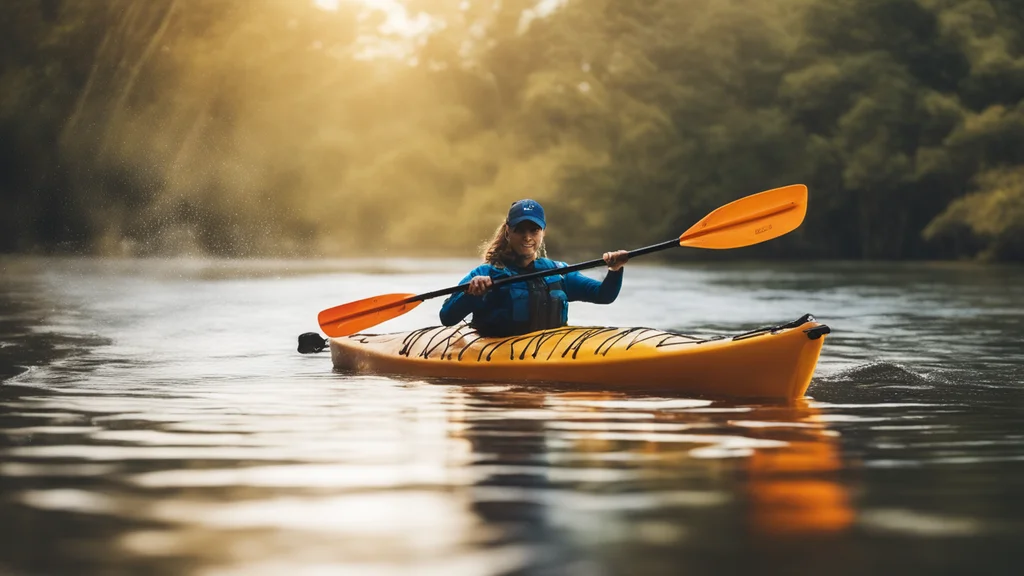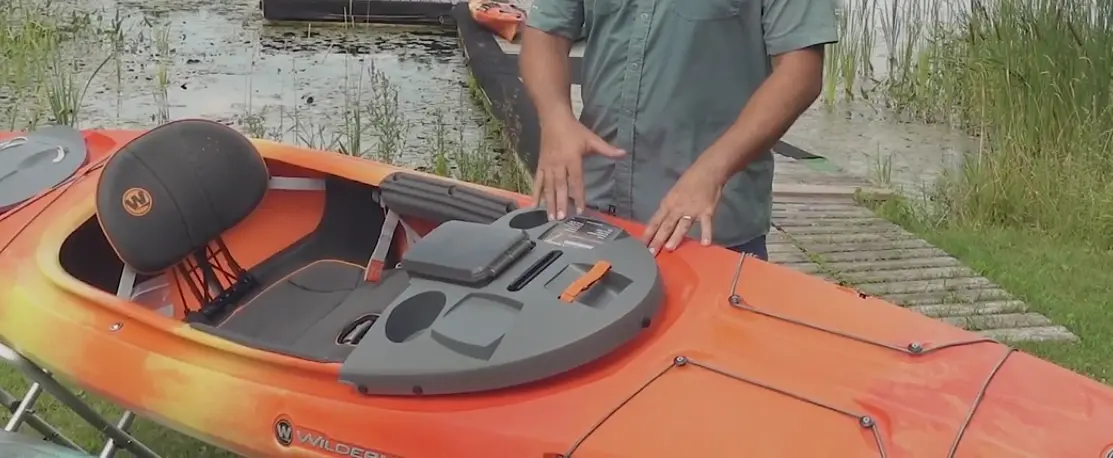Anchoring a kayak is an essential skill for anyone who enjoys paddling, whether you’re fishing, photographing wildlife, or simply soaking in the scenery. Understanding how to properly anchor your kayak not only enhances your kayaking experience but also ensures your safety on the water. This article will address the common questions related to anchoring a kayak like: how to anchor a kayak and more.
Why Anchor a Kayak?
Anchoring a kayak has several benefits:
- Stability: It keeps the kayak stationary, providing stability during fishing, photography, or rest.
- Safety: In windy conditions or strong currents, anchoring helps prevent drifting.
- Focus: It allows the kayaker to focus on activities without continually adjusting position.
Choosing the Right Anchor
1. Folding Anchor
- Weight: Between 1.5 and 3 lbs, depending on the kayak’s size.
- Best For: General use in various bottom conditions.
- Setup: Usually comes with tines that can fold, making it easy to store.
- Tips: Choose the weight based on the size and type of your kayak.
2. Grapnel Anchor
- Weight: Around 3 lbs.
- Best For: Rocky bottoms where the anchor can snag.
- Setup: Features multiple arms that can grip rocks.
- Tips: Use with caution, as it can become stuck in rocky terrain.
3. Sand Anchor
- Weight: Varies.
- Best For: Sandy or muddy bottoms.
- Setup: Designed to dig into the soft ground, providing firm anchorage.
- Tips: Ideal for beach areas and shallow waters.
How to Anchor in Different Conditions

1. Calm Waters
- Technique: Standard anchoring techniques generally suffice.
- Considerations: Ensure the anchor is secure, as shifts in wind or current can still occur.
2. Windy Conditions
- Technique: More rope may be needed to ensure a firm hold.
- Considerations: Monitor the weather, and be prepared to adjust the anchor as needed.
3. Strong Currents
- Technique: Consider using a heavier anchor, and be sure to test its hold frequently.
- Considerations: Be extra cautious, as strong currents can shift the kayak unexpectedly.
Safety Equipment and Techniques
- Life Jacket: Always wear a life jacket while kayaking.
- Gloves: For handling the anchor and rope, gloves can prevent injuries.
- Communication Devices: Carry a whistle or other communication devices in case of emergencies.
Tips for Kayak Fishing
- Use a Drift Chute: If you’re fishing, a drift chute can control your drift while anchored.
- Positioning: Consider the direction of the wind and current when positioning your kayak for fishing.
- Equipment: Organize fishing gear to prevent entanglement with the anchor rope.
Safety Considerations
- Weather Conditions: Be aware of the weather, as wind and currents can affect anchoring.
- Never Tie Around Yourself: This could lead to entrapment in case of capsizing.
- Use Proper Equipment: Ensure all components are suitable for your specific kayak and the environment.
Common Mistakes and How to Avoid Them
- Using Inadequate Rope Length: Ensure enough rope to allow the anchor to lay flat.
- Choosing the Wrong Anchor Type: Match the anchor to the bottom composition.
- Ignoring Safety Precautions: Always follow safety guidelines mentioned in the previous section.
Apologies for misunderstanding your request. Let’s continue with the article by adding more detail, focusing on the different aspects of anchoring a kayak.
FAQs
- Can I use any type of anchor for my kayak?
- No, the anchor type should match the bottom composition and kayak weight.
- What if the anchor gets stuck?
- Carrying a sharp knife to cut the rope can free a stuck anchor.
Conclusion
Anchoring a kayak is more than simply dropping an anchor overboard. It involves careful consideration of the anchor type, the water and weather conditions, safety precautions, and specific requirements of activities like fishing.
By paying attention to these factors and equipping yourself with the proper knowledge and tools, you can ensure that your kayaking experience is both enjoyable and safe. Whether you’re a beginner or a seasoned kayaker, understanding how to anchor your kayak will enhance your ability to explore and enjoy the water in a whole new way.
Read More about Kayaks:
- What to Wear for Kayaking in Summer
- How to Store a Kayak in the Garage
- What is a Skeg on a Kayak
- What is a Tandem Kayak
- How to Build a Homemade Kayak Launch
- How to Get in a Kayak
- What to Wear for Kayaking?
- How to Transport a Kayak Without a Roof Rack?
- How to Build a Kayak Rack for an RV?
- Are Inflatable Kayaks Safe?
- How to Build a Rack for Kayaks?
- Do Kayaks Have a Weight Limit?
- Wilderness Systems Pungo 120 Kayak Review
- Is It Hard to Kayak?
- How to Lock a Kayak?

Hi, I’m Steve, the passionate kayaking enthusiast behind Outdoor Bravo. As an avid adventurer and nature lover, kayaking has been a central part of my life for as long as I can remember. My love affair with the water began during my childhood, and it has only grown stronger over the years. From serene lakes to rushing rivers and even challenging ocean tides, I’ve navigated various water bodies, seeking new thrills and unforgettable experiences.
